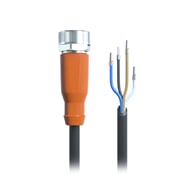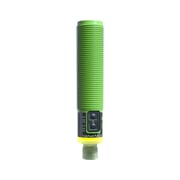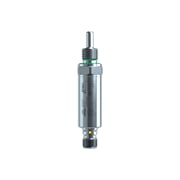Protection classes in electrical engineering
Protection class
Schutzklassen dienen in der Elektrotechnik der Einteilung und Kennzeichnung von elektrischen Betriebsmitteln in Bezug auf die vorhandenen Sicherheitsmaßnahmen zur Verhinderung eines elektrischen Schlages. Die Schutzklassen, bei elektrischen Geräten, geben an, wie hoch die Gefährdung von Menschen, beim Berühren des Geräts ist.
All devices that are labelled with protection class III, that are not provided with a protective conductor terminal or not provided with a protective insulation mark must be connected to a safe low voltage source. For inductive proximity sensors, this may be SELV or PELV. What must be borne in mind? Never dismantle devices with protective insulation; the protective effect may not be maintained when it is reassembled. Devices with damaged housings are no longer protectively insulated.
Protective insulation
This is insulation in addition to the operational insulation; they are independent of each other. The protective insulation could consist in that all parts that could become live if the operational insulation were to fail are permanently and securely covered with insulating material. Devices with protective insulation are marked with the standard symbol that can be found on the rating plate.
PELV Protective-Extra-Low-Voltage
Low voltage with secure separation (this is an earthed variant of SELV). Specification as a PELV System according to IEC364-4-41 involves two protective measures (double insulation) against direct and indirect contact with hazardous voltages in the form of 'secure separation' of the primary and secondary circuits within the device.
SELV Safety Extra Low Voltage
Specification as a SELV system involves a protective measure against direct and indirect contact with hazardous voltages in the form of 'secure separation' within the device.

Protection class 1 (I)
Devices with protective conductor connection
Devices with protective conductor connection

Protection class 2 (II)
Devices with protective insulation
Devices with protective insulation

Protection class 3 (III)
Devices for connection to safety extra-low voltage
Devices for connection to safety extra-low voltage

For electrical devices, the protection classes indicate the hazard level involved if a person touches the device.
Patrick Targonski, Product Manager at autosen


Products with differing protection classes
 Cloud compatible
Cloud compatible 50+ in stock!
Online -5,5 %
108.83 €
102.84 €








